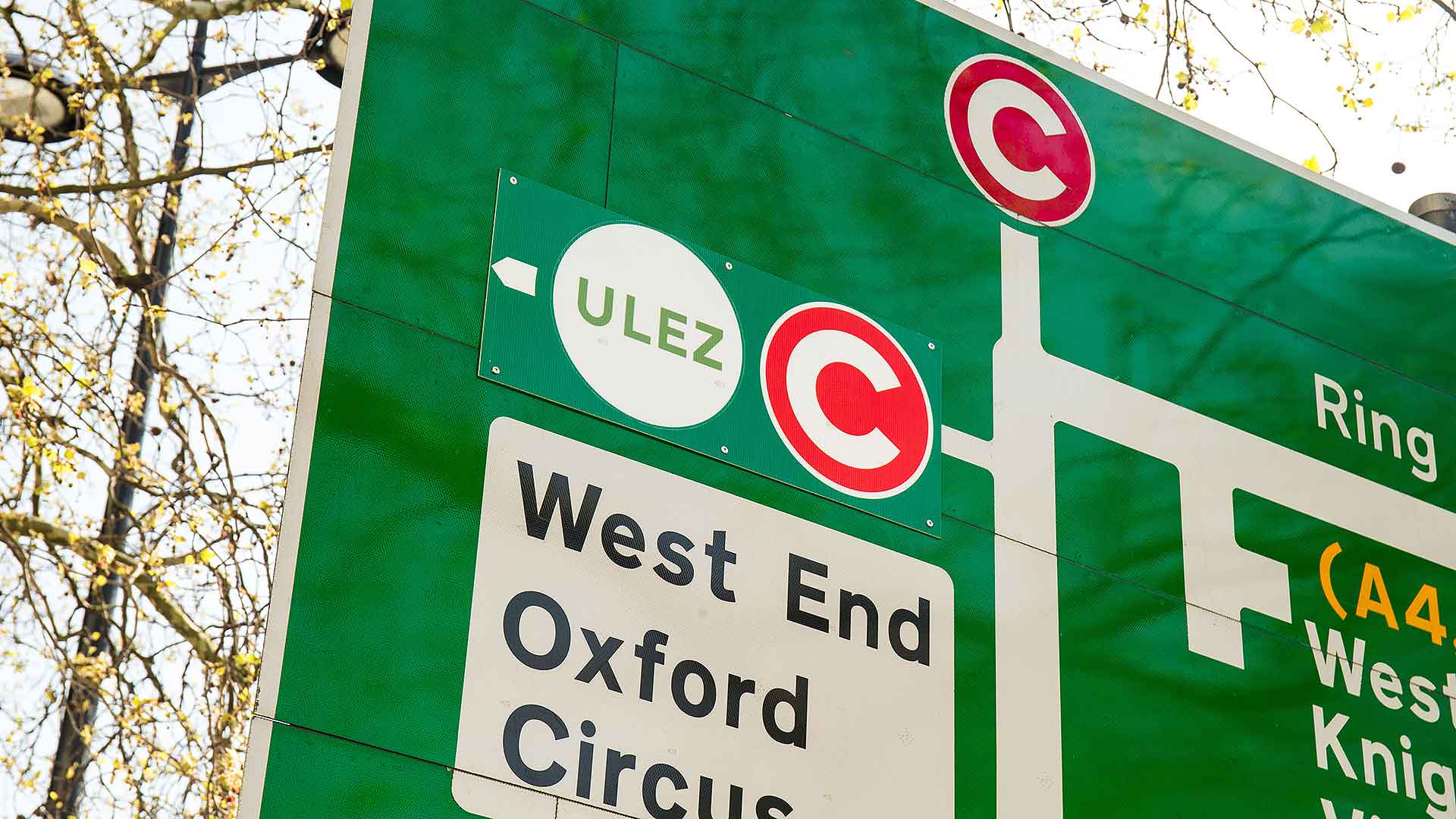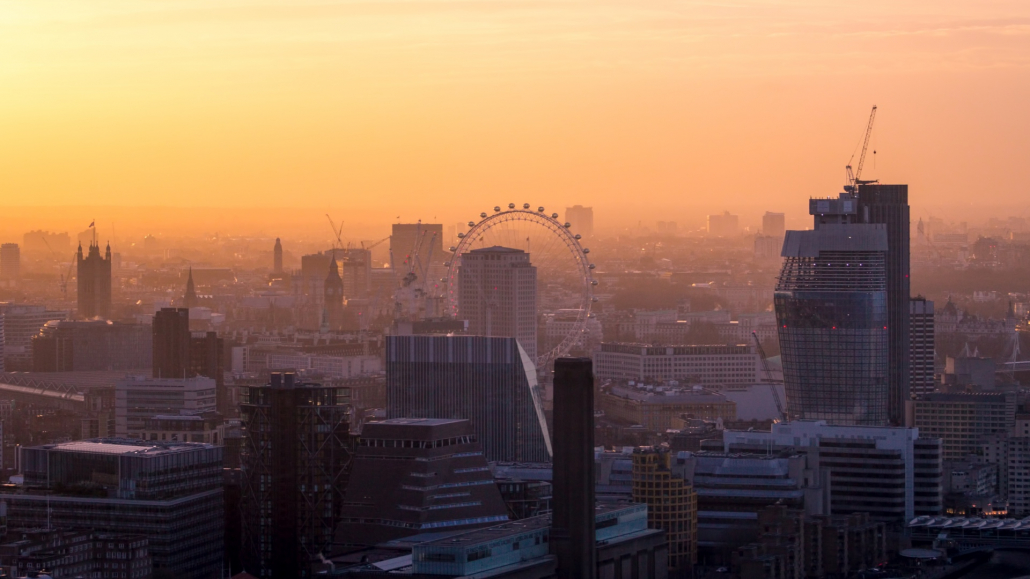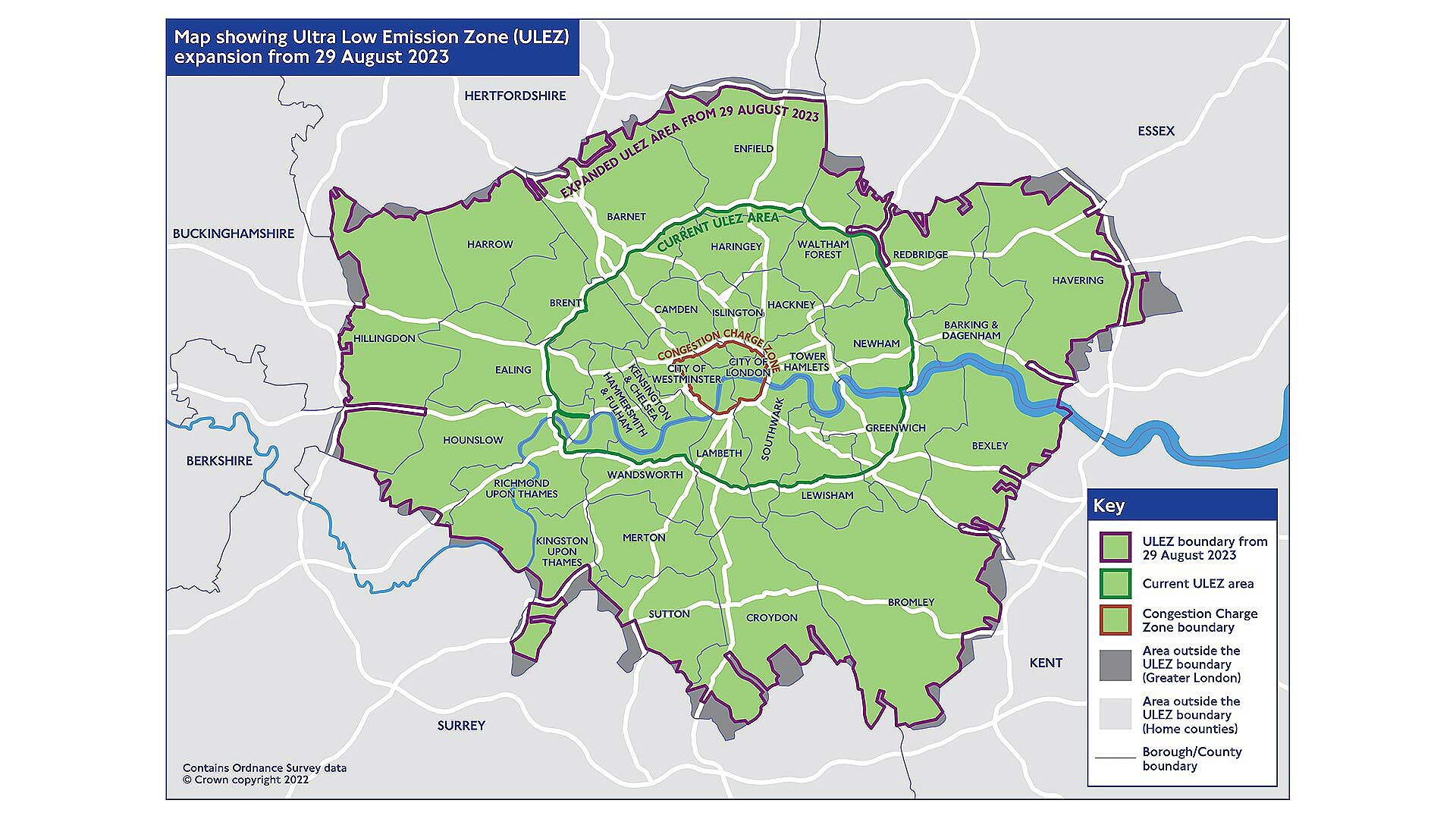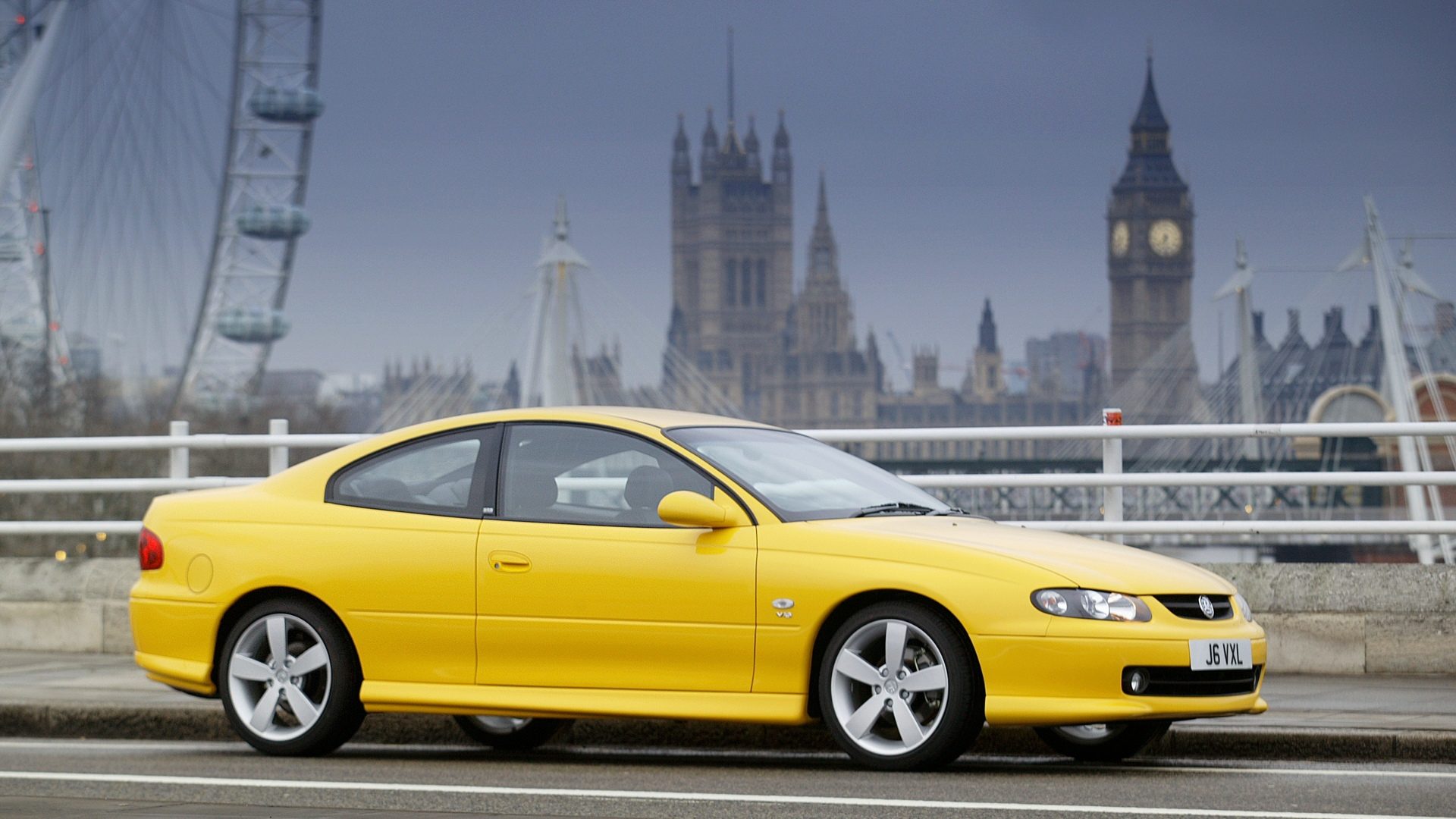
The capital’s Ultra Low Emission Zone has expanded beyond the North and South Circular roads, meaning it now covers nearly all of Greater London. The new ULEZ applies from 29 August 2023.
The growth of the ULEZ has proved controversial and not without problems. Five London councils took legal action over the expansion, citing flawed consultation and a lack of information over a scrappage scheme for older, non-eligible vehicles. However, a High Court judge ruled the scheme is lawful.
More recently, scaffolder Noel Willcox won a ruling that signs for the Low Emissions Zone – sister scheme to the ULEZ – are illegal, as they don’t make the cost of entering the zone clear. And consumer group Which? has warned that copycat websites are ripping off motorists by adding extra charges to Transport for London’s £12.50 daily ULEZ fee.
London mayor Sadiq Kahn said the ULEZ expansion was “one of the toughest decisions I’ve taken”, but claimed “five million more people will be able to breathe cleaner air and live healthier lives” as a result.
So what is the Ultra Low Emissions Zone, what changes are coming and do you need to pay? To provide the answers, here’s our quick guide to the London ULEZ. If you have any other questions, please ask us in the comments below.
What is the London ULEZ?
Like the long-established Congestion Charge Zone, the Ultra Low Emissions Zone is an area of London that some drivers must pay to enter.
If your car doesn’t meet the required standard, driving into the ULEZ costs £12.50 per day. Unlike the London Congestion Charge, the fee applies no matter what time of day you travel.
The ULEZ operates around the clock, and every day of the year except for Christmas day.
London ULEZ: which vehicles are affected?

Only petrol cars meeting the Euro 4 emissions standard and diesel cars meeting the Euro 6 standard are exempt from paying the ULEZ charge of £12.50 per day.
The ULEZ also applies to vans, minibuses, coaches, lorries and other heavy vehicles. For motorcycles, it’s those with Euro 3 emissions or above that are exempt.
The Euro 4 standard became mandatory for all new cars in 2005. Euro 6 was introduced for all cars and light vans from September 2015 (January 2014 for larger vehicles). Euro 3 came into effect for motorcycles in 2007.
Vehicles likely to be liable for the ULEZ charge thus include:
- Petrol cars and vans sold before 2006
- Diesel cars and vans sold before 2015
- Motorbikes sold before 2007
You can check whether your vehicle is compliant by entering its registration number on the TfL website.
Also, don’t forget this fee comes on top of the £15 Congestion Charge if you enter central London.
London ULEZ: the charging zone

The ULEZ originally covered the same area as the London Congestion Charge – i.e. the small central shaded zone above. It then grew outwards to the North and South Circular roads (the darker green area), and now covers the entire green zone pictured here.
This means the Ultra Low Emissions Zone stretches as far as Waltham Abbey in the north, Upminster in the east, West Drayton in the west and Tatsfield in the south, covering most of the area inside the M25 orbital motorway.
Do I need to pay the ULEZ charge?
Our separate guide explains how to check if your car is liable for the ULEZ charge.
The ULEZ fee is £12.50, payable by anyone driving a vehicle that isn’t compliant, whatever time of day they enter the zone. It’s £100 per day to enter for non-compliant vehicles over 3.5 tonnes.
A key point to note: the charge doesn’t buy you 24 hours in the ULEZ. The clock restarts at midnight, so if you drive a car into the zone at 11pm and leave at 3am the next day, you’ll be expected to pay £25 (2 x £12.50).
Inevitably, if the fee isn’t paid, a Penalty Charge Notice will be sent to the registered keeper of the vehicle.
Will you pay ULEZ if you drive to Heathrow airport?
Drivers could now pay up to £17.50 to drop off a friend or relative at Heathrow airport. The charge is mostly due to the Ultra Low Emissions Zone fee of £12.50 a day, payable for non-compliant cars to enter Greater London.
However, there is also a fixed £5 fee for entering the terminal drop-off areas at Heathrow, bringing the potential cost to £17.50.
How can I avoid the London ULEZ?

Navigation app Waze allows London residents to enter whether their vehicle is exempt or not. If not, the app can automatically guide you around the zone so you won’t have to pay.
If you’re a London resident on a low income or disability benefits, you may also be eligible for a £2,000 grant towards scrapping your old car and buying a ULEZ-compliant one. Click here for more details of TfL’s scrappage scheme.
Another option is simply to buy a suitable car. Many fun-to-drive modern classics, including the Vauxhall Monaro (pictured above), ‘997’ Porsche 911, Honda S2000 and Aston Martin V8 Vantage are exempt from the charge.
As Tom Wood, CEO of Car & Classic, points out, older classic cars can avoid the ULEZ, too. “The exemption for cars in historical tax status, e.g. any classic vehicle made before 1 January 1983, still stands – so you won’t have to pay,” he explains.
“It could be a great time to buy or even save a classic car and commission it for ULEZ commuting duties. If, however, your classic is not 40 years old, don’t write it off and send it to be scrapped, as this is a rolling scheme. So in 10 years’ time, cars built before 1 January 1993 should be eligible.”
ALSO READ:
How to find the cheapest petrol and diesel near you
Good article. But you realise that TfL take their emissions penalty figures from the vehicle records held by DVLA, for which the Exhaust Emissions figures can never be changed, even when work has been carried out to lower emissions, such as was the case following the VW scandal recently.
This means that TfL knowingly penalise thousands of motorists for ULEZ non-compliance, when they in fact have NO ACTUAL FIGURES for the car’s emissions’ performance following VW’s work to the engine. They are therefore prosecuting drivers based on incorrect data – data that DVLA do no permit to be changed. This is an obstruction of justice and because TfL admit to knowing that this is the case, it is also entrapment. VW, TfL and DVLA have contributed to a new way of scandalising the emissions debate.
What I would like to know is what if any concessions or exemptions are going to be made for those who live within the new ULEZ zone ie inside the North Circular road and whose vehicle is too old to comply with ULEZ rules. When the congestion charge came out those who lived within the congestion charge zone were exempt. If there are no residents exemptions I am going to be caught for the ULEZ charge every time I leave home even if I am going out of London. This does not seem fair to me
where does the money go ? it seems like the sheriff of Nottingham is for real only in london greed and more greed
In reply to George’s comment above, you can apply for the emissions to be updated on the V5 but it is a lot of hard work as the DVLA love digging their heels in. I got a certificate of conformity from my car manufacturer which proved the NOx level for my 22 year old petrol car at the time it was built, this was then used to register my vehicle as compliant on the ULEZ website. Rule of thumb seems to be any petrol car from 2000 onwards and any diesel car from 2011 should meet the requirements but may need a certificate of conformity from the manufacturer.
Are Muslims exempt from paying ULEZ if they are going to a Mosque.